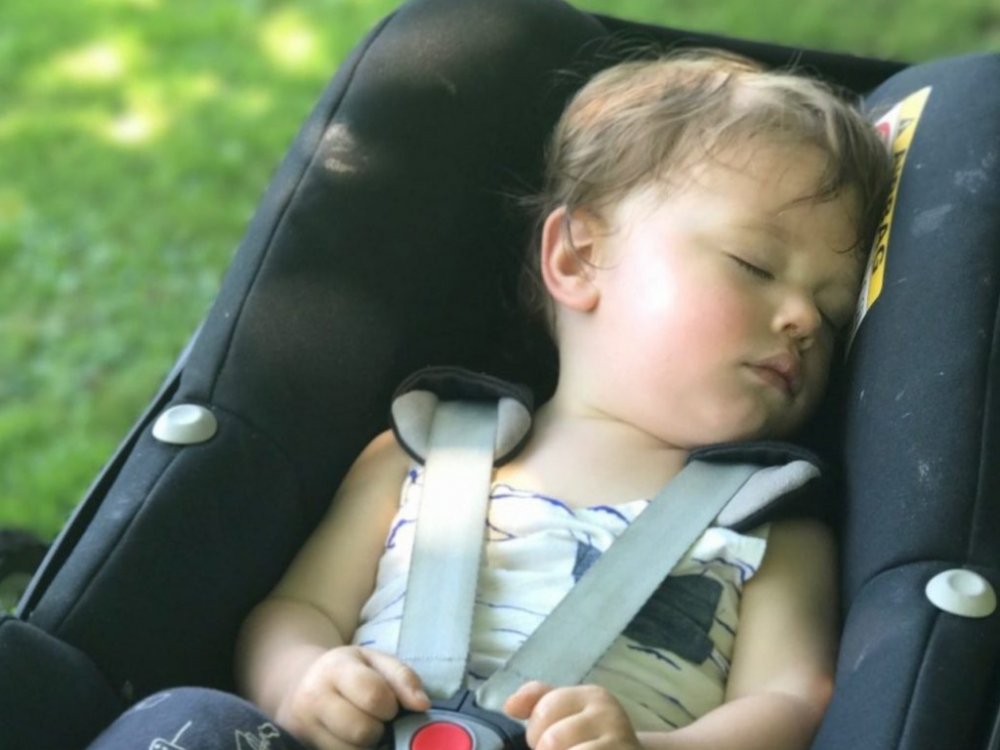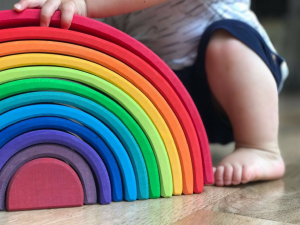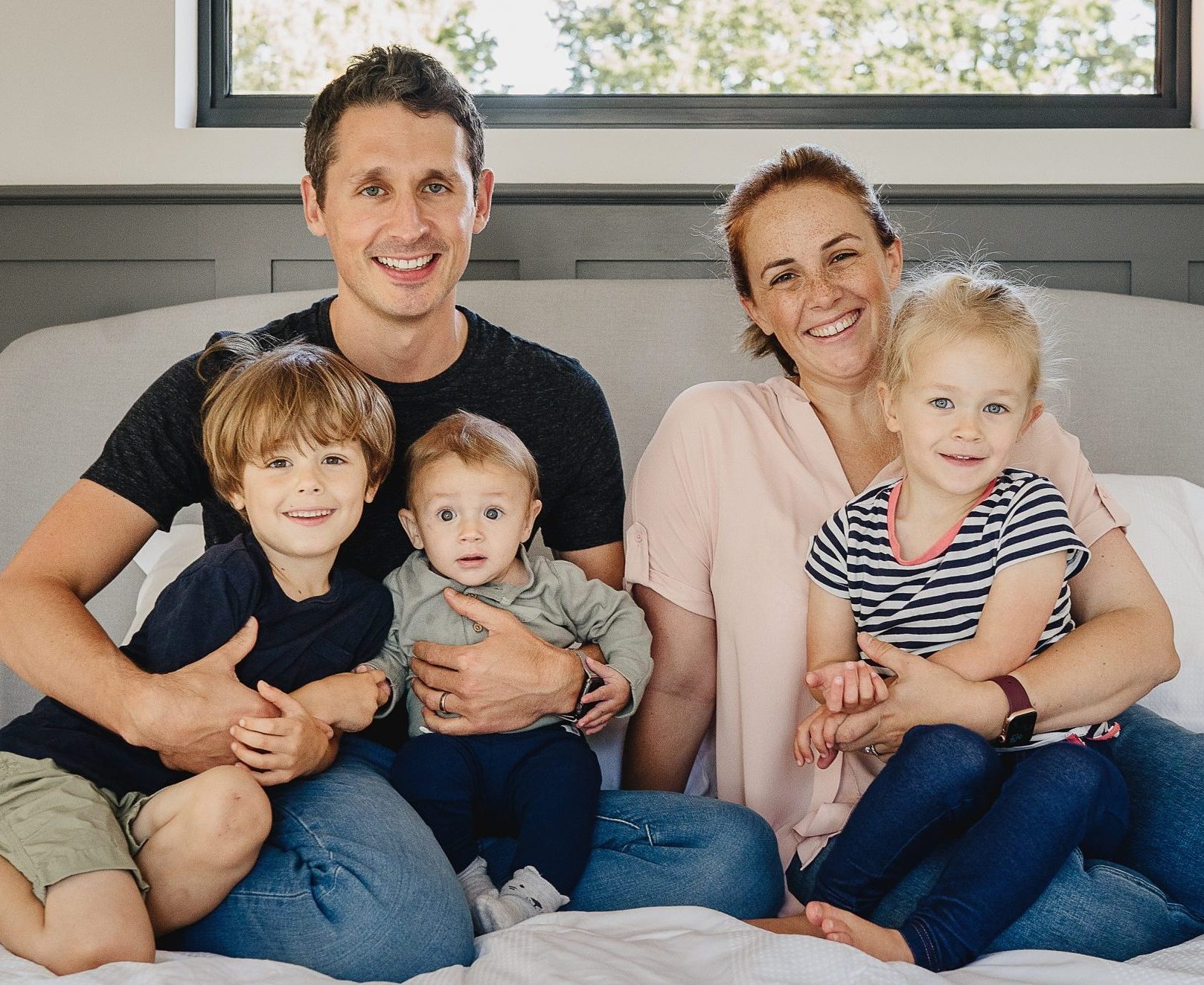As a parent there are certain things you know you don’t want to compromise on; safety being a key one. As a parent I think I’m pretty hands-off. I’m a big subscriber to the idea that your child needs to experience the world. That we shouldn’t be behind them at every turn checking they’re being careful. For me, it’s about creating a safe environment and then letting them be. Balancing freedom with their safety. That said, there are certain areas where I’m not prepared to compromise. Where the need to keep them safe and protected outweighs everything else. Which is why I’m a firm believer in extended rear-facing when we’re talking about a car safety seat.
Here in the UK, the law surrounding car seats is pretty confusing. All infants must be rear facing from birth. Then the regulations differ depending on the type of car seat you have. If you have a new i-Size car seat (one based on height) then your child must be rear facing until 15 months of age. If you’re using a car seat that’s based on weight (one of the older types) then you can forward face your child once they’re over 9kg in a category 1 car seat.
Confusing isn’t it? It’s down to the change in regulations and moving from the old weight based system to the new height based system (i-Size). Old car seats based on weight are still legal to use but it’s now illegal for manufacturers to make them in the lower category weights (groups 0,1 and 2), meaning only group 3 (for 22-36kg children) are allowed to be made. Quality child seats you find online here www.buycarparts.co.uk.

Legal requirements aside, you don’t have to stop rear-facing your child once they hit the age to legally forward face. You can, and many do choose to, but others like myself prefer to do something called extended rear-facing. This means finding car seats that are suitable to carry your child in that position when they’re taller than their first seats.
The reasons behind this have been shown in crash tests and are to do with the forces applied to your car, and your children, when you’re in a head-on collision. Accidents head on tend to be the most serious because of the speed of impact. When you crash going forward, your car stops but momentum keeps your body moving forward until your seat belt holds you back or you make contact with a seat or air bag. This can mean that your head is flung forward which results in whiplash. In a forward facing seat, those same forces would be applied to your child, except their heads are disproportionally heavy compare to the rest of their body making them less able to support their head in a forward-facing accident. In a rear facing seat, their body is pushed backward into the seat, allowing the car seat to support their spine and neck resulting in fewer injuries.
Research has also shown that it isn’t just head on crashes that rear-facing seats are safer in. In a rear or side on crash, the driver is still likely to apply the brakes before impact, creating that forward force from the brakes which act in the same way as a head on crash prior to impact. Additionally these types of crashes tend to involve slower speeds and cause greater damage to the car than it’s occupants, backing up the reasons to primarily protect against head on accidents.

For us, this means we’re still rear-facing at over three years of age with our toddler. Which always raises the question of where his legs go – in front of him of course! In some ways we’re lucky that he’s not the longest of children but also, he’s used to it. Once his leg started to reach the end of the seat, he naturally learnt to splay them out slightly to the side or bend them up. His seat is tilted slightly making it a comfortable looking experience – certainly he has no concerns. Additionally, we continue to use a mirror on the head rest behind his seat, allowing him to see out of the front as well as out of the back and sides; he has better visibility than we do!
For now, we’re happy with our rear facing arrangements. Soon our son will outgrow the height limits for his rear-facing seat and we’ll consider getting a forward facing seat for him. It’s possible to get ones for older children that rear-face but we’ll have to balance up what works in our car with the safety risks. Certainly I’m glad that we’ve rear-faced him for quite so long… for us, it’s a safety aspect that I can’t imagine compromising on.








No Comments